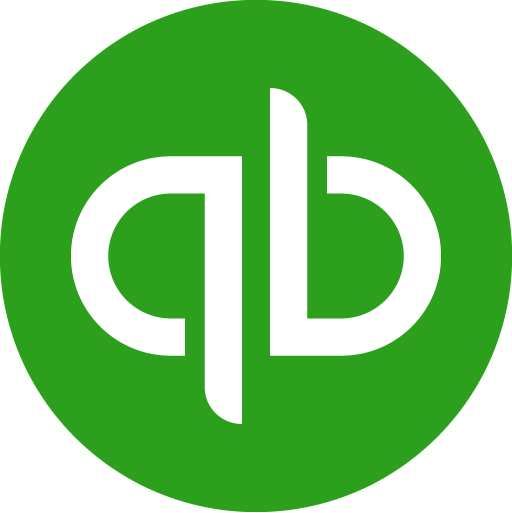Ad hoc reporting is the process of preparing a report for a specific purpose when needed. Ad hoc reports are used by businesses, organizations, and individuals to monitor their progress towards specific goals or to track KPIs and business metrics.
This article will explain ad hoc reporting in more detail and go over everything you need to know to start generating ad hoc reports for your business.
What does ad hoc mean in accounting?
In accounting, ad hoc reports can be used to track a variety of things. For example, you might use ad hoc reports to track inventory levels or sales activity by month or quarter. You could also use them to track employee pay rates and other compensation information.
Ad hoc reporting is often used as a way of monitoring your budget against actual results. For example, if you have an annual budget for marketing activities, then ad hoc reports can help you determine whether your spending has been consistent with your plans throughout the year.
This can help identify problems early on so that they can be corrected before they become bigger issues or potentially affect other areas of your business (such as future financial planning).
What is ad hoc analysis example?
Ad hoc analysis can be used in almost any industry and can be very useful when making strategic decisions about how to run a company. For example, if a manager wants to know which products most profitable or which customers are most likely to buy again, he could use ad hoc analysis to get these answers quickly and easily.
What is ad hoc reporting in Excel?
Ad hoc reporting is a method of data analysis that allows you to quickly create reports on the fly. The reports can be generated using minimal or no data preparation and are not stored for later use.
Ad hoc reporting is useful when you want to get an idea of how certain data points relate to each other, or when you want to perform a one-time analysis.
For example, if you're looking at sales data and want to know which products sell most often in which geographic areas, you could use Ad Hoc Reporting in Excel to generate a report showing this information.
How do I run an ad hoc report?
The Ad Hoc Reports feature in Excel allows you to create a report off of live data. You can easily create an ad hoc report using the same data source or use different data sources.
To create an ad hoc report:
1. Select the cell where you want to start your report and click on Insert tab > Table > Ad Hoc Table.
2. In the Create Ad Hoc Table dialog box, select the option that best suits your needs: If you want to use all columns from the current worksheet, select Use Current Columns and Rows.
3. If you want to select specific columns/rows for your report and skip others, select Use only selected cells from current and linked worksheets. In this case, specify which cells from which worksheets should be included.
4. Click OK and then click OK again in the Create Ad Hoc Table dialog box. That's about all there is to it. The system will then generate an ad hoc report based on the values you specified.
FAQs
What is Ad Hoc Reporting?
Ad hoc reporting is often used in business intelligence systems to answer specific questions that arise during analysis or during decision-making processes. Ad hoc reports can be generated using software designed for this purpose, or by using an existing database management system and writing custom queries or scripts.
What is Ad Hoc Reporting Meaning?
Ad hoc reporting is a business term used to describe reports that are generated as needed, rather than being scheduled or routine. It is also sometimes called "on-demand reporting.
Ad hoc reporting is a type of reporting that is done on an "as needed" basis. For example, if you want to do a report that compares the sales of each product for the past year, you can run an ad hoc report to do this.
Summary
Ad hoc reporting is a term used to describe the process of retrieving data from a database for analysis and reporting purposes. Ad hoc reports are often used to address specific business needs or to answer specific questions as they arise.
Ad hoc reporting is often used in conjunction with analytical tools like Microsoft Excel to create custom reports that can be quickly generated at any time. Ad hoc reporting may also be used as a temporary solution while more robust solutions are being developed.
Recommendation
If you want to manage your financial reporting processes quickly and easily, then consider using a tool like LiveFlow. LiveFlow has numerous templates that make business accounting a breeze, and the program also helps you simplify and automate many of the most complex financial accounting tasks.
So, if you don’t want to grapple with complicated spreadsheets, or just want to save some time when bookkeeping then be sure to check out LiveFlow today.



.png)





